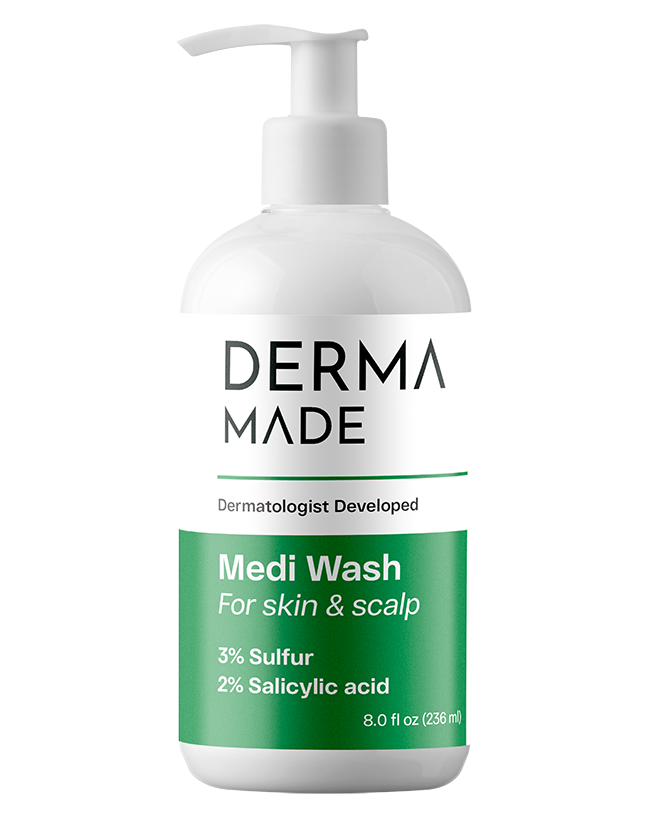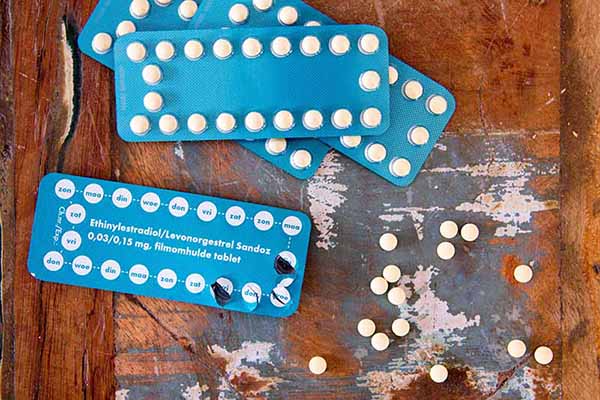If you are experiencing redness and wandering why it’s happening to you, there are some common offenders to watch out for. Let’s break them down.
1. Sensitized Skin
What is it?
Sensitized skin isn’t a disease. You will recognize sensitized skin if you have a bad reaction to a cosmetic product, like soap, moisturizer, or makeup.
How does sensitization happen?
The main causes are pollution, alcohol, smoking, poor diet, and constant emotional and physical stress. Other potential irritants include hot water, super spicy foods, and extreme hot or cold temperatures.
Certain skin care habits may also sensitize your skin such as i) exfoliating your skin too often, ii) using harsh scrubs or chemicals that strip away your natural oils leaving your skin dry.
How to address it?
Keep your skincare routine simple. Take a break from physical and chemical exfoliants – the scrubs and the acids. Hydrating moisturizers will be your best friend. Studies show that adding niacinamide, which is a calming ingredient, can reduce redness and irritation.
2. Rosacea
A chronic skin condition that affects more than 16 million Americans. Its cause is still unknown. There is no absolute cure but it can be managed. Rosacea is recognized by its characteristic pattern of redness most commonly on the cheeks, nose, and forehead during a flare up.
These are the two most common types or rosacea
- The first is essentially widespread redness over the face.
- The second looks like acne breakouts of raised red or infected bumps.
How does it happen?
This is a big unknown in the medical world. But rosacea has been linked to hereditary and environmental factors. Certain things can make your rosacea symptoms worse. The most common contributors include spicy food, alcohol, and stomach ulcers
Rosacea usually begins between the ages of 30 and 50 but it can begin as early as in the 20s. It’s also more common in people who are fair-skinned. Women are also more likely to develop Rosacea than men. Although men with Rosacea will have more severe symptoms.
How to address it?
Rosacea is a condition that should be diagnosed by your dermatology team. Many people mistakenly diagnose themselves as having Rosacea at the first sign of red skin.
If you have rosacea, sulfur has been shown in studies to improve the appearance of rosacea.
3. Broken Blood Vessels
What are broken blood vessels?
Broken capillaries are a skin condition of the face in which small blood vessels that sit near the surface of the skin get weaker and break, and then blood spreads under the surface of the skin. Broken blood vessels can happen anywhere on the body but they are more noticeable on the face.
How do broken blood vessels cause red skin?
Excessive sun exposure can enlarge your blood vessels because you are constantly heating up your skin. In addition, hot weather increases and expands the blood vessels, so people who live in a hot climate all year round are more susceptible to developing broken blood vessels.
Broken vessels can be inherited. They also tend to be common with pregnancy. An increase in the hormone estrogen during pregnancy can bring them on. Unlike other broken blood vessels, pregnancy-related broken capillaries heal on their own after giving birth.
Targeted laser treatments administered at your dermatologist office can also be beneficial for more rapid results.
How to Address Them?
There are a lot of ways you can prevent further damage and redness. The calming effect of niacinamide can aid in reducing the redness in more severe cases. Also, replace the hot showers and baths with warm water to avoid excess heat that can expand blood vessels and break them.








